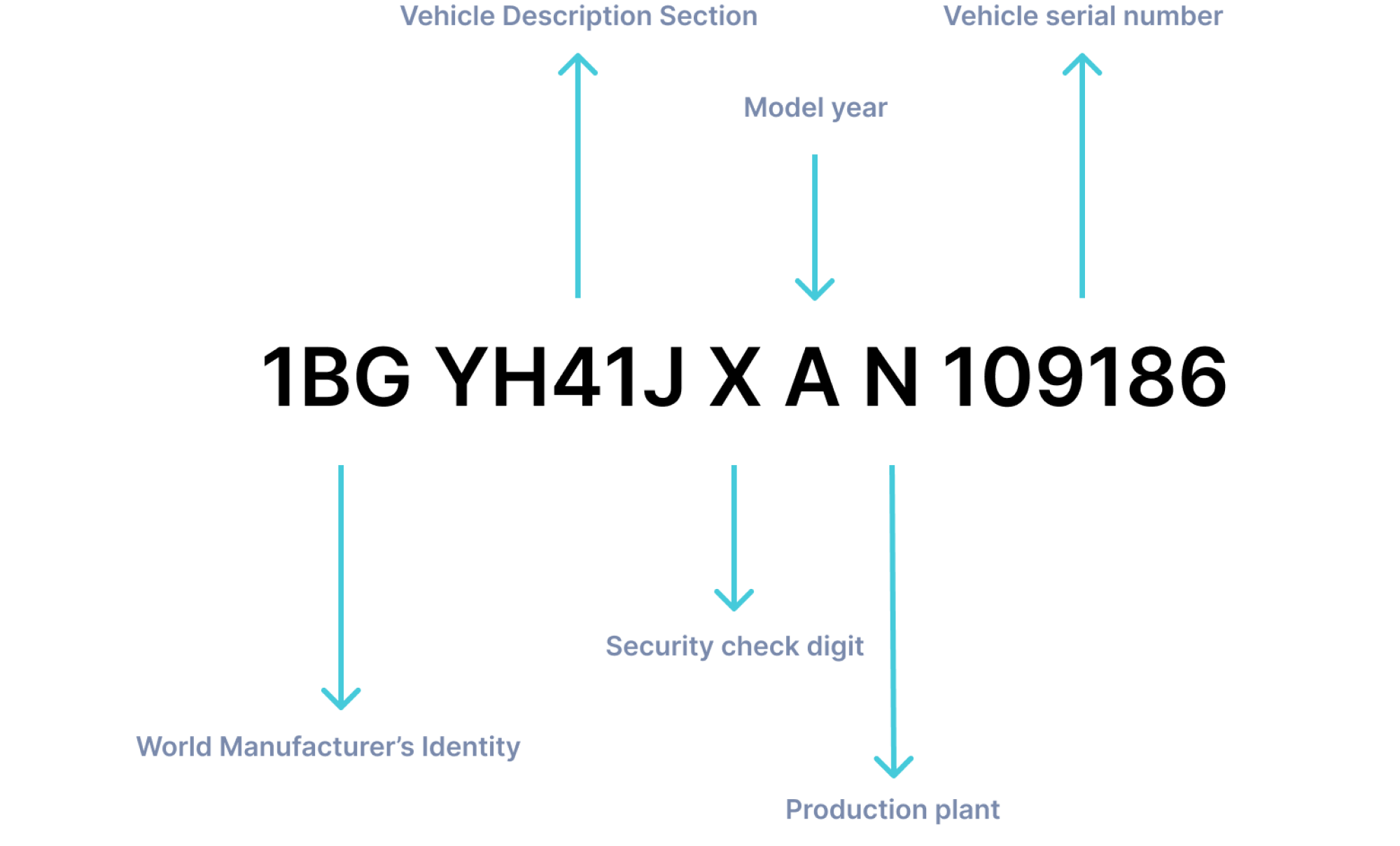Your Vehicle Identification Number (VIN) is a unique 17-character code that identifies your vehicle. It serves as a fingerprint for your car, providing vital information for registration, insurance, and maintenance purposes. Knowing where to find your VIN can be crucial for various administrative and service-related tasks.
Where to Find Your VIN
You can locate your VIN in several places both inside and outside your vehicle:
- Dashboard: Look at the corner of the dashboard where it meets the windshield on the driver’s side. This spot is often visible from outside the vehicle.
- Engine Block: Under the bonnet, you’ll find the VIN at the front of the engine block.
- Frame: Inspect the front end of the frame behind the driver’s side tyre.
- Driver’s Side Door Post: Open the driver’s side door and check the door post where the door latches when it’s closed.
You can also find the VIN on your insurance card and insurance policy, as well as on your vehicle title and registration documents.

How to Read a VIN
The Vehicle Identification Number (VIN) is divided into three main sections, each providing specific information about the vehicle:
- World Manufacturer Identifier (WMI):
- Characters 1-3: Identify the vehicle’s manufacturer and the country where it was built. The first character indicates the country, the second represents the manufacturer, and the third specifies the vehicle type or manufacturing division.
- Vehicle Descriptor Section (VDS):
- Characters 4-8: Describe the vehicle’s attributes such as model, body type, restraint system, transmission type, and engine code.
- Character 9: Is a check digit used to detect any fraudulent VINs.
- Vehicle Identifier Section (VIS):
- Characters 10-17: Indicate specific information about the vehicle, including the model year, the assembly plant, and the production sequence number. The 10th character represents the model year, while the 11th character specifies the plant where the car was assembled. Characters 12-17 are unique to each vehicle, ensuring no two cars have the same VIN.
- Characters 10-17: Indicate specific information about the vehicle, including the model year, the assembly plant, and the production sequence number. The 10th character represents the model year, while the 11th character specifies the plant where the car was assembled. Characters 12-17 are unique to each vehicle, ensuring no two cars have the same VIN.

Uses of a VIN
- Vehicle History Reports: The VIN is crucial for obtaining detailed history reports, including previous owners, accident history, and reported thefts. OMM might use these reports to assess the risk and value of the vehicle as collateral.
- Registration and Insurance: The VIN is required for vehicle registration and insurance, ensuring accurate legal and safety records.
- Recalls and Safety Issues: Manufacturers notify owners of recalls or safety issues using the VIN.
- Theft Recovery: Law enforcement uses the VIN to track and recover stolen vehicles. OMM ensures the vehicle is not stolen before approving a loan.
- Vehicle Specifications: The VIN provides details about the car’s original specifications, which is helpful for repairs and parts replacement.
- Warranty Claims: When making a warranty claim, the VIN is used to verify the vehicle’s warranty status and eligibility for coverage.
Knowing your VIN and its locations can make your dealings with vehicle-related processes much smoother. If you have any questions or need further assistance, feel free to reach out to us.







